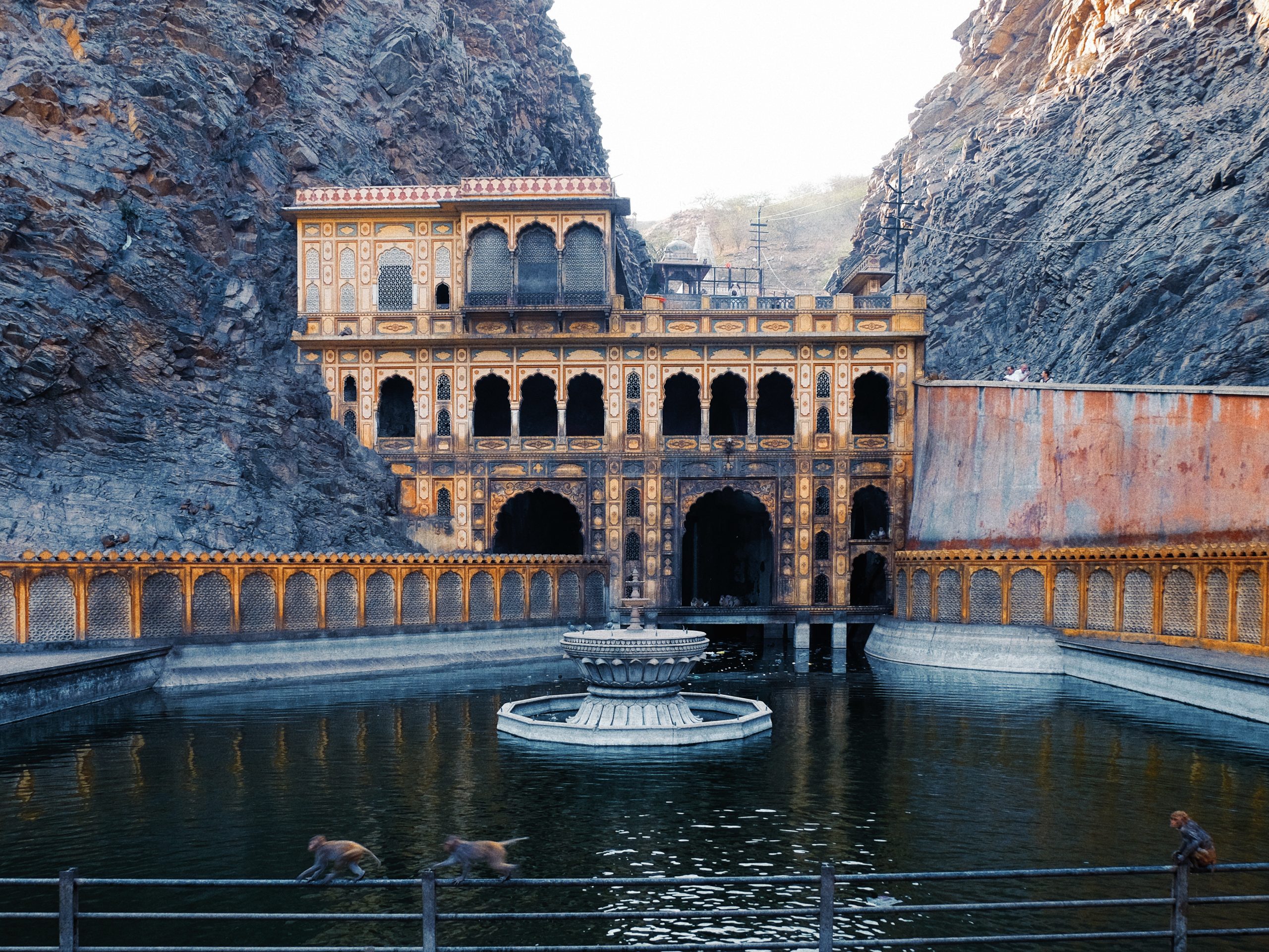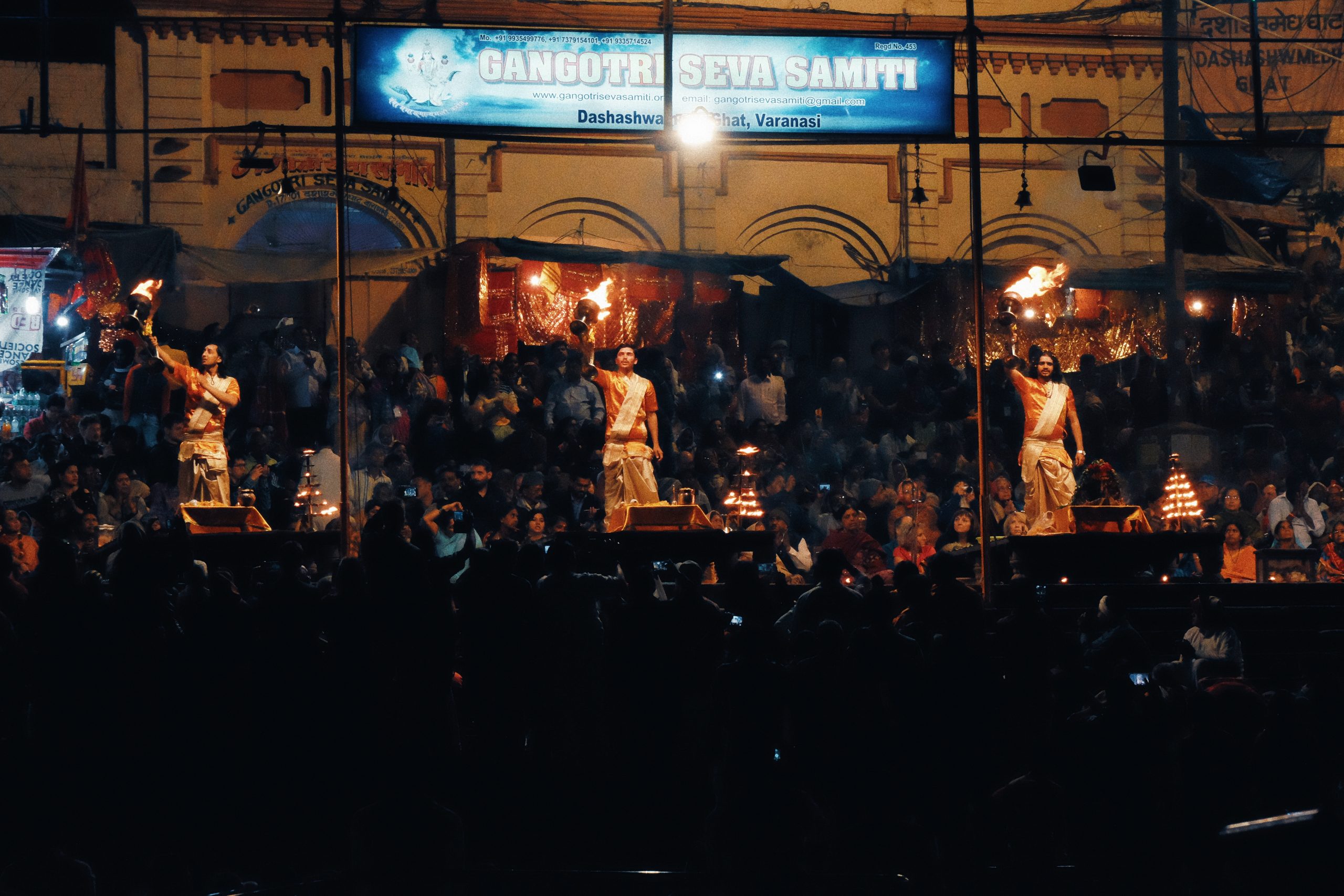
February 17, 2018. I start my trip in India’s Rajasthan state once I arrived in Jaipur, the largest city in Rajasthan. It is known as the “Pink City” because its old walled district (something like Intramuros in Manila) in the middle of the metropolis has its buildings all painted in “pink”.


Rajasthan state (literally land of ‘maharajas’ or kings) in India used to be a conglomerate of different princely kingdoms ruled from forts and city palaces such as the City Palace in Jaipur. Throughout India’s history these kingdoms preserved their territories and private holdings by allowing themselves to be coopted and controlled upon after defeat by the different invaders that conquered this part of India, from the Mughal Dynasty to the British Empire. The lineage of the royal families in Rajasthan still exist today and many of the monuments, forts and palaces across Rajasthan remain their private properties. Entrance to the actual palace in Jaipur is 2,000 Indian rupees or at least 1,750 pesos. No way I was shelling that out. Entrance to the palace open grounds is 500 rupees (approx. 400 pesos).




Later that afternoon, I decided to exert an effort despite feeling under the weather and took a taxi to the outskirts west of the city.

Note: This is an ante-dated post (actual date of events)
February 12-13, 2018. It is both a disturbing and a solemn experience to witness burning bodies as you walk along either of the two ghats (stepped segments on the river bank) dedicated to the cremation ritual along the Ganges. Hindus believe that the Ganges, particularly in Varanasi, is the most sacred place to die, and that cremation along its banks breaks the never-ending cycle of life, death and tragedy and delivers one’s soul to moksha.
As a matter of fact, some Hindu families prepare for the expected deaths of loved ones in Varanasi for the purpose of having their relatives fatefully die in this sacred place. Some Hindu individuals who feel like they are near their deaths, travel to the city and lodge at hospices near the river especially established for those who wish to make their death beds, waiting for the day they perish.
